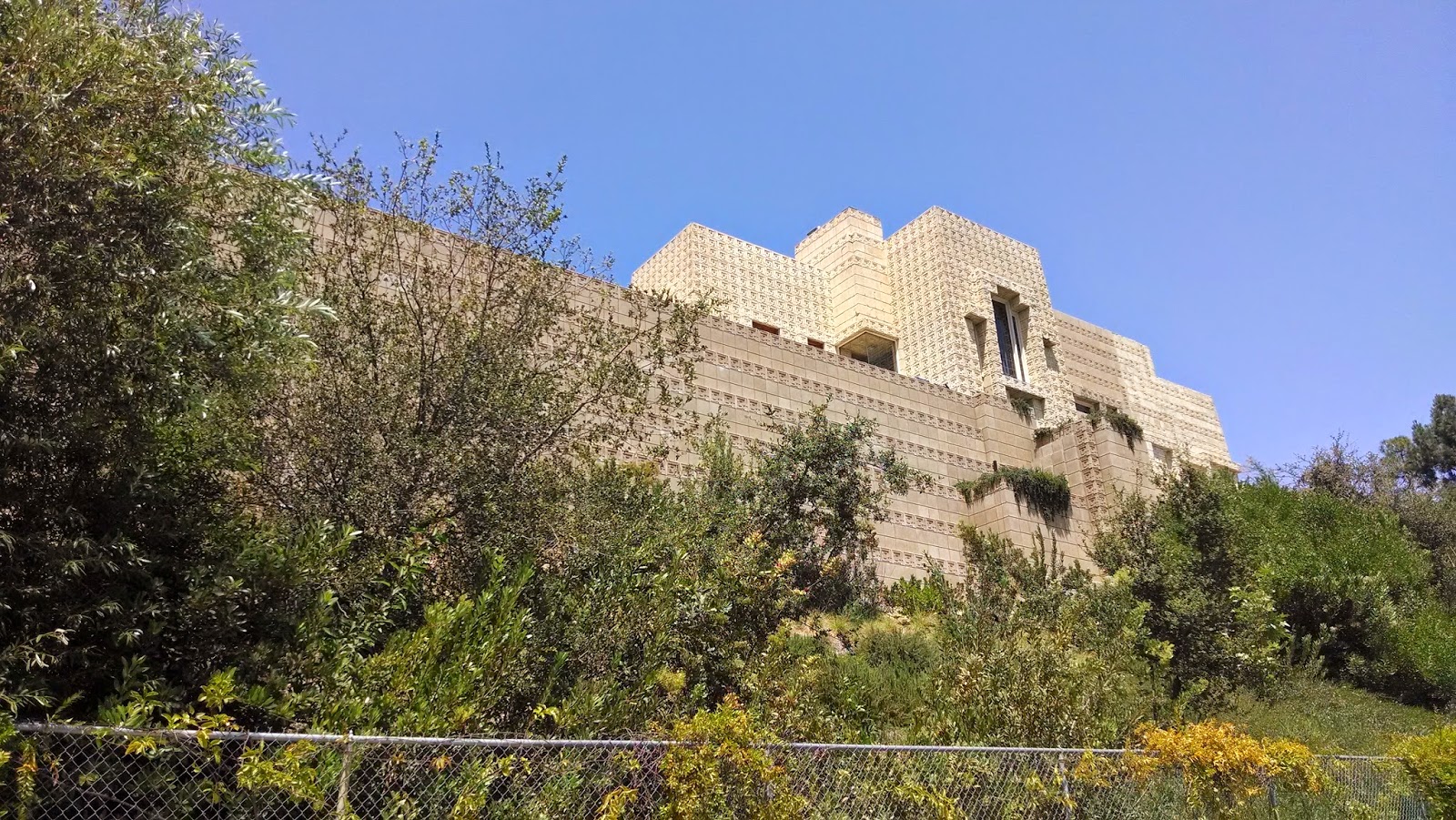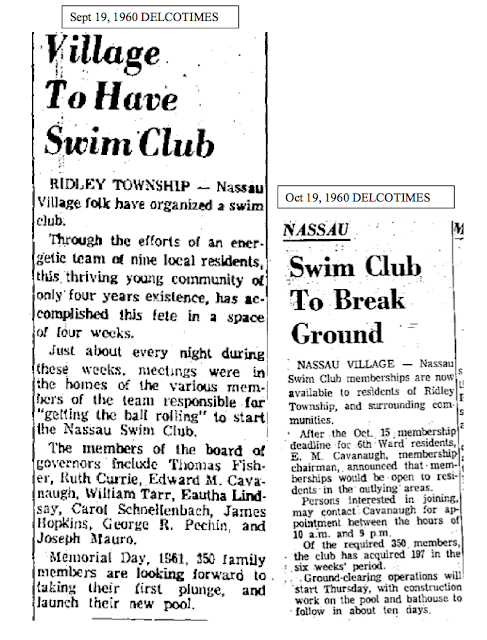Last week, I was in Los Angeles visiting family. One of my "bucket list" houses to visit was the Gamble House in Pasadena, and this visit allowed me to cross that one off the list. If you get a chance to visit it, DO IT. It's marvelous, and probably one of the top five residential houses in the United States. But as that house is COMPLETELY custom built (literally everything was fabricated on-site and it's one of a kind), it doesn't qualify for Instant House material. After our visit and a brief walking tour of the neighborhood, we went to lunch. Something made me look at a map on my phone and I realized something:
"Holy s***! We were like a block away from the Millard House! We have to go back and see it!!"
Millard House, aka La Miniatura
So, we did. The Millard House is the first of Frank Lloyd Wright's Textile Block Houses, a project he worked on with his son Lloyd Wright. Lloyd had already worked in the medium, having built the John Sowden House (see below). He envisioned these houses as owner-built, with the owner/builders fabricating their own patterned concrete blocks on-site. That never came to fruition, and only four were built. And they weren't cheap.
The Millard House is currently on the market for just under $4 million. We were able to peek inside the gate and snap some pictures. I momentarily considered jumping the fence, as it's clear the place has not been inhabited for awhile. I did not, but I regret it. The setting is tremendous, and it looks like a Mayan ruin. Lloyd Wright added a studio and did the landscaping on the site. The site is really overgrown at the moment, but the house has been restored lovingly.
 |
| Millard House Interior--as advertised |
 |
| Millard House as Advertised |
 |
| My shot of the Millard House from through the gate--a bit overgrown, but lots of potential! |
Later in the trip, we were driving through Los Feliz up to the Griffifth Observatory. Since I'm perpetually nosy, I opened Trulia on my phone to see what houses were going for in the area. The map revealed something
"Holy s***! We're like 5 minutes from the Ennis House!! We have to go by it!!!"
Yes, I could have planned the trip better, but whatever.
The Ennis House is the last of the four concrete block houses--it's also the largest, the most famous (Bladerunner, numerous other movies), and it's the most problematic. The house is perched precariously on a hillside and has a GINORMOUS retaining wall on the south side. The house suffered major damage in the Northridge Quake. I remember seeing pictures from years ago and the house was in really bad shape. But no more! The house is being WONDERFULLY restored and the south wall looks great!
 |
| Ennis House before restoration--rough shape (Wikipedia). |
 |
| Ennis House during restoration. |
Pictures from Our Visit
 |
| Much better! |
 |
| Work on the North side--progressing nicely! |
 |
| Through the gate... |
 |
| Bye! |
Missed Opportunities
There are two other FLW textile block houses in LA--the Storer House, and the Freeman House. Guess what? The Storer house can be yours for a mere $7 million. The Freeman House is usually open for tours, but is currently closed for restoration. Although not a concrete block house, one of Wright's most famous houses is in Los Angeles--the Hollyhock House...also closed for renovations. Oh well. You have to save something for another trip,
 |
| Freeman House |
 |
| Hollyhock House |
 |
| Storer House - as advertised |
Lloyd Wright For Sale - Sowden House
Turns out, Lloyd Wright was a pretty good architect, and his most famous property is on the market. The Sowden House is pretty wild, and has a "dubious" past... Can be yours.












































